North Atlantic collapse is crippling to Europe's airlines
The North Atlantic matters a lot to European airlines. It is their most important long haul region by ASKs. What's more, Europe's airlines have a smaller share of ASKs on routes within their own continent than North American and Asia Pacific airlines have (based on 2019). This means they have fewer options when long haul routes dry up.
As a percentage of 2019 seat numbers, the North Atlantic fell further, and has stayed lower, than total Europe capacity since Apr-2020. Moreover, Europe-North America has suffered the second worst fall in passenger traffic and the biggest yield decline among route regions from Europe - meaning the worst revenue performance.
British Airways, Lufthansa and Norwegian led Europe's airlines by North Atlantic ASKs in 2019, while La Compagnie, Virgin Atlantic, Icelandair and Aer Lingus had the highest exposure as a percentage of their ASKs.
For all European airlines flying to North America in 2019, almost a quarter of their ASKs were in this route region - a reasonable indication of revenue importance.
Efforts to kick-start North Atlantic aviation by introducing a London-New York travel bubble, or air corridor, have a crucial importance to European airlines.
TO READ ON, VISIT: North Atlantic collapse is crippling to Europe's airlines
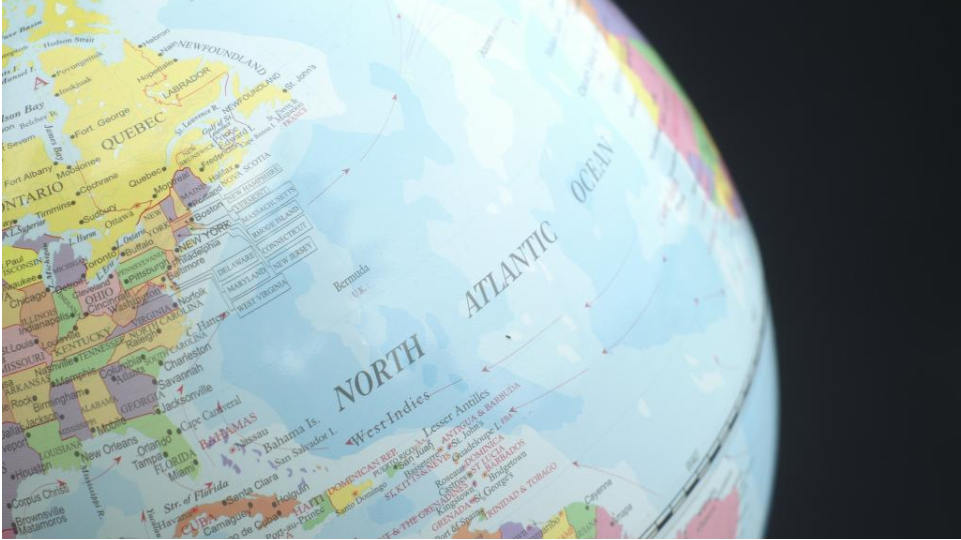
Delta, WestJet JV: will LCCs seize more slots at LaGuardia?
The US transborder market with Canada remains essentially shut down, and there are no signs that Canada's government has any plans to lift restrictions before the end of 2020 - especially given the rising case counts in the US.
Despite the border closure, the US Department of Transportation (DoT) heeded the calls for slot divestitures at New York LaGuardia airport in order for Delta Air Lines and Canada's second airline WestJet to move forward with their transborder JV.
The required divestiture is not surprising; but the timing of the approval could be beneficial for low cost operators that have used the COVID-19 pandemic to seize on opportunities to grow in markets that they believed were constrained before the crisis.
As Delta and WestJet review the conditions for approval, low cost operators are likely salivating at the prospect of expanding at LaGuardia.
TO READ ON, VISIT: Delta, WestJet JV: will LCCs seize more slots at LaGuardia?
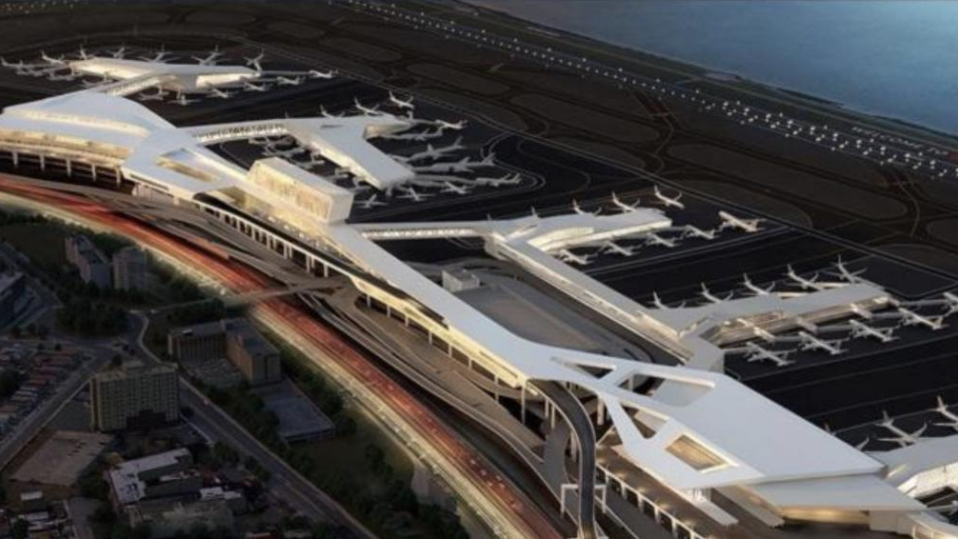
European airlines: biggest capacity drop and fastest cash burn
European aviation is feeling the burden of the COVID-19 crisis even more heavily than other world regions. Its year to date cumulative seat capacity is down by 55% - worse than in any other region.
Moreover, according to IATA, its airlines generated negative free cash flow at -83% of revenue in 2Q2020, versus an average of -52% for all regions. Preliminary 3Q2020 results from the leading European airline groups, Lufthansa, IAG and easyJet, indicate that they have continued to burn through cash at a rapid rate.
Europe's year-on-year cut in seat capacity narrowed slightly to -62.1% in the week commencing 26-Oct-2020, the first week of the winter 2020/2021 season, compared with -63.4% in the previous week. This was the first improvement in the trend in 10 weeks, but Europe still has the equal biggest reduction in capacity, tied with Middle East on -62.1%. Africa is -58.4%, Latin America -57.4%, North America -51.5%, and Asia Pacific is -38.4%.
Globally, airlines are expected to continue to burn cash until at least the end of next year, but Europe's airlines may struggle for cash break-even for longer than that.
TO READ ON, VISIT: European airlines: biggest capacity drop and fastest cash burn

US presidential policies ignore aviation infrastructure
The long-anticipated U.S. Presidential election will take place on 03-Nov-2020 against a background of a polarised nation, seething hatred and continuing riots in many cities. It is quite possibly the most important election ever fought in that country, with repercussions for all nations.
One subject that has been barely touched on by the candidates, even while they have been vocal on the matter of infrastructure generally, is the air transport business.
In a recent publication the Federal Bar Association has, as it does every four years, printed formal statements by both camps concerning their position on key transport matters.
While it does not reveal much - they are either playing their hands close to their chest or they do not have much to say anyway - it is at least evident that a Republican win would see a prolongation of private sector, profit-focused activity in the sector, whereas a Democrat one would see a greater accent placed on the environment and surface transport as an alternative to air.
No big surprise, really. This report is rounded off by a CAPA perspective on what the priorities should be, whoever wins.
TO READ ON, VISIT: US presidential policies ignore aviation infrastructure

No summer for Europe's big 5 airline groups. Ryanair best positioned
In 3Q2019 - when summer could still be relied upon to generate the bulk of airline profits - IAG, Lufthansa Group, Air France-KLM, Ryanair and easyJet made an aggregate operating profit of EUR5.2 billion. This was 65% of their collective operating profit for the year.
Summer 2020 was very different. Travel restrictions and quarantine rules meant an aggregate operating loss of EUR3.9 billion in 3Q2020. This followed the early summer loss of EUR5.1 billion for 2Q2020.
Remarkably, Ryanair managed a small operating profit in the peak summer quarter, although not enough to offset its 2Q loss. It also has the strongest liquidity position among the five, as a percentage of last year's revenue.
In a normal year, summer profits buffer Europe's airlines against the (usually small) operating losses of the winter quarters.
This is far from a normal year. Ryanair, the best positioned of the five to emerge a winner from the crisis, expects a bigger loss in the winter. Renewed lockdowns, plummeting demand and collapsing load factors seem likely to lead to big winter losses for all of Europe's five leading airline groups.
TO READ ON, VISIT: No summer for Europe's big 5 airline groups. Ryanair best positioned
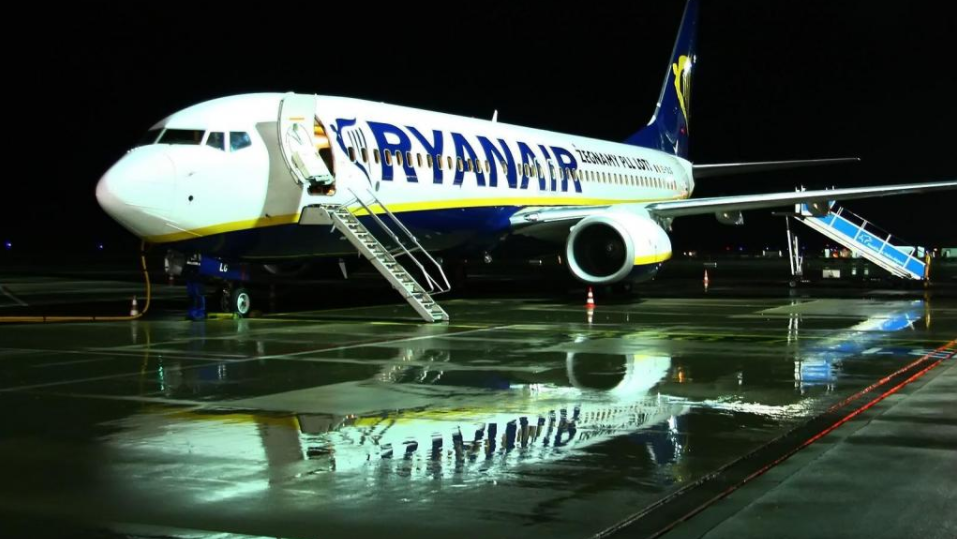
Norway aviation: Wizz Air would, Braathen would. Norwegian wouldn't
Norway punches above its weight as an aviation market and its relative importance has been further enhanced by the pandemic. Domestic markets are recovering faster than international markets, particularly those where surface transport does not provide a realistic alternative on many routes.
Norway's geography and climate provide conditions for a large domestic aviation market. Its domestic market ranks sixth in Europe and first among countries with a population in the single digit millions, helping a faster capacity recovery than in Europe as a whole.
Attracted by this potential, the ultra LCC Wizz Air is establishing two new bases in Norway - Oslo and Trondheim - and launching its first ever domestic routes there. No doubt it spots opportunity as incumbents SAS and, in particular, Norwegian, struggle for survival.
However, some Norwegians, including the Prime Minister, are unhappy that Wizz Air does not recognise workforce unionisation.
Moreover, a new home-grown airline planned by experienced aviation executive Erik Braathen looks set to challenge Wizz Air in its quest to take share from SAS and Norwegian (and from the regional airline Widerøe).
TO READ ON, VISIT: Norway aviation: Wizz Air would, Braathen would. Norwegian wouldn't
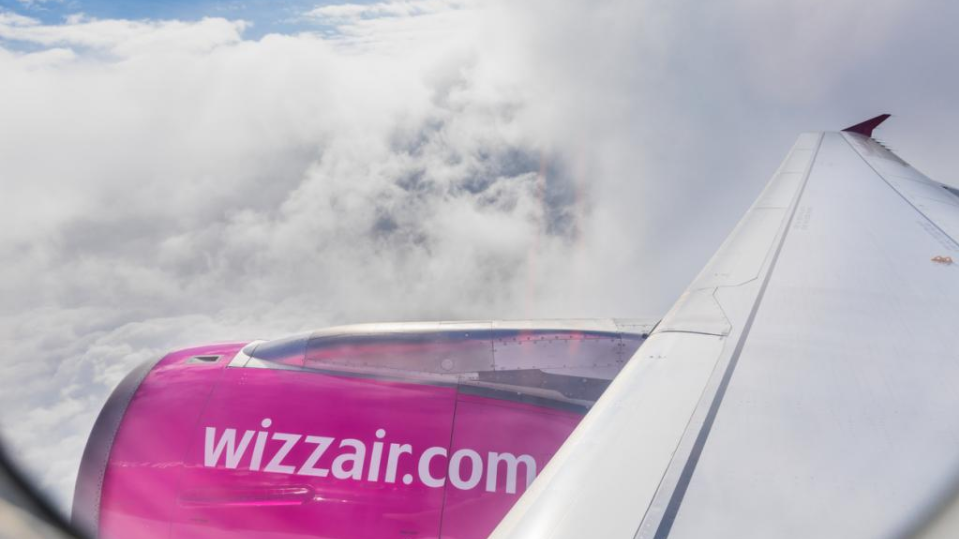
Flair Airlines' new CEO bullish on ULCC model in Canada
Although the COVID-19 pandemic continues to enter second and third waves in many regions around the world, low cost and ultra low cost operators have a level of confidence that the resiliency of their particular business models will allow those companies to rebound faster.
The Canadian ULCC Flair Airlines recently named a new chief executive who was previously with the successful European ultra low cost operator Wizz Air, and despite the severity of the pandemic, Stephen Jones remains bullish about the ULCC model and its long term potential in Canada.
But in the short term, Flair is working to craft a schedule that is optimal for passengers in an environment where traditional planning and booking curves are being upended for the foreseeable future.
TO READ ON, VISIT: Flair Airlines' new CEO bullish on ULCC model in Canada
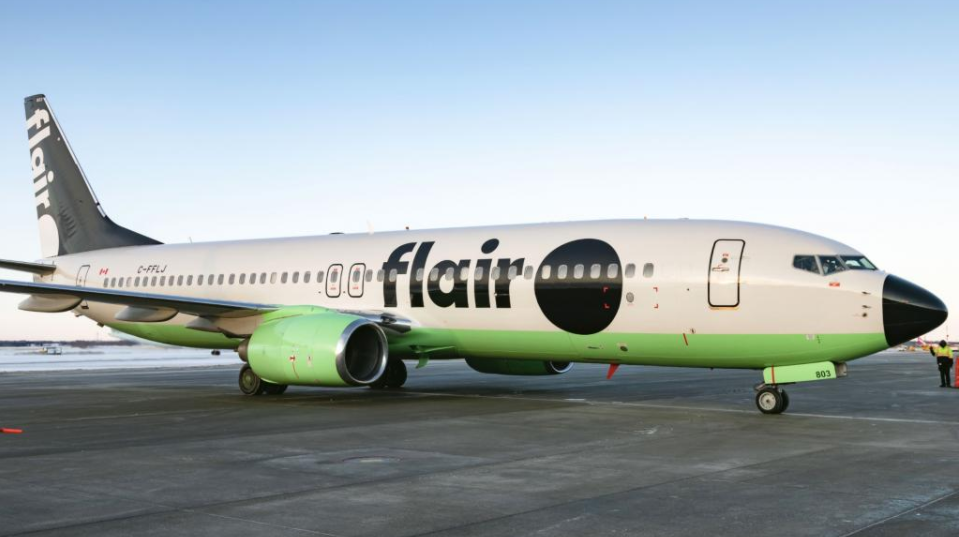
Khrabrovo Airport revives little Kaliningrad's big hub aspirations
Every so often an unlikely small air transport hub appears somewhere. That happened in the Russian oblast of Kaliningrad 15 years ago, courtesy of the innovative airline KD-Avia, which sought to connect large swathes of Russia with Europe through Khrabrovo Airport. It did not last for long, as the airline succumbed to financial pressures.
Two years ago the Khrabrovo management examined recreating that hub with LCCs like Pobeda, but it didn't work.
Now, mindful of St Petersburg Pulkovo Airport's success at securing a seventh freedom operating environment there, Khrabrovo seeks to have one of its own, which could lead to self-connecting hub passengers growing by default.
TO READ ON, VISIT: Khrabrovo Airport revives little Kaliningrad's big hub aspirations

Mexico's Volaris expecting a passenger recovery in 1H2021
The Mexican ultra low cost operator Volaris is one of the few operators worldwide that will nearly reach 2019 capacity levels at the end of 2020. For the past few months the airline has been adding supply back at a faster pace than other operators, taking advantage of its competitors pulling back from the market.
Now, Volaris expects that it will reach its 2019 passenger levels in 1H2021, which is a much faster recovery period than most airlines are forecasting. The airline is basing that projection on a steady recovery in its key passenger segments - visiting friends and relatives (VFR) and leisure customers.
Volaris is also taking advantage of opportunities created by the COVID-19 pandemic at Mexico City Juarez International as competitors continue to shrink at the airport, and the company could continue to be a formidable force at Mexico's largest airport for the foreseeable future.
TO READ ON, VISIT: Mexico's Volaris expecting a passenger recovery in 1H2021

Brazil's seventh round of airport concessions begins
CAPA has been reporting on the Brazilian airport concession process since it began in 2011. Finally the end is in sight, with the seventh tranche and possibly an eighth tranche to follow.
Numerous international 'big hitters' in the airport privatisation field snapped up concessions in the earlier tranches when big city airports were made available. Most of the deals worked out well, both for the government and the companies, but not all of them.
More recently the latter tranches have been mainly of smaller regional airports, dressed up with a bigger one in a process that was locally described as 'steak with bone,' and one that attracted only domestic investors.
But in this one, although the smaller airports are still part of the process, two larger ones that were previously omitted - because without them the state operator Infraero had no profitable ones - have been included, which may be a final wake-up call to the international investors.
TO READ ON, VISIT: Brazil's seventh round of airport concessions begins

Dominica, undaunted by COVID, to build first long-haul airport
The small Caribbean island of Dominica, which relies on nearby island airports for long-distance travel, is to get its own international/intercontinental airport.
CAPA has reported on several new airport projects that have been sanctioned since the pandemic began, the most recent being in New Zealand. Now, across the globe in the Caribbean, the small nation state of Dominica intends to build a new airport to benefit from growing eco-tourism interest and from an attempt to resurrect its offshore financial sector.
It is an ambitious project, one that will largely be financed by foreigners making donations in exchange for a passport, but the eco-tourism demand alone is one that should grow in years to come. Building this new airport should give Dominica a head start over its regional rivals.
TO READ ON, VISIT: Dominica, undaunted by COVID, to build first long-haul airport
